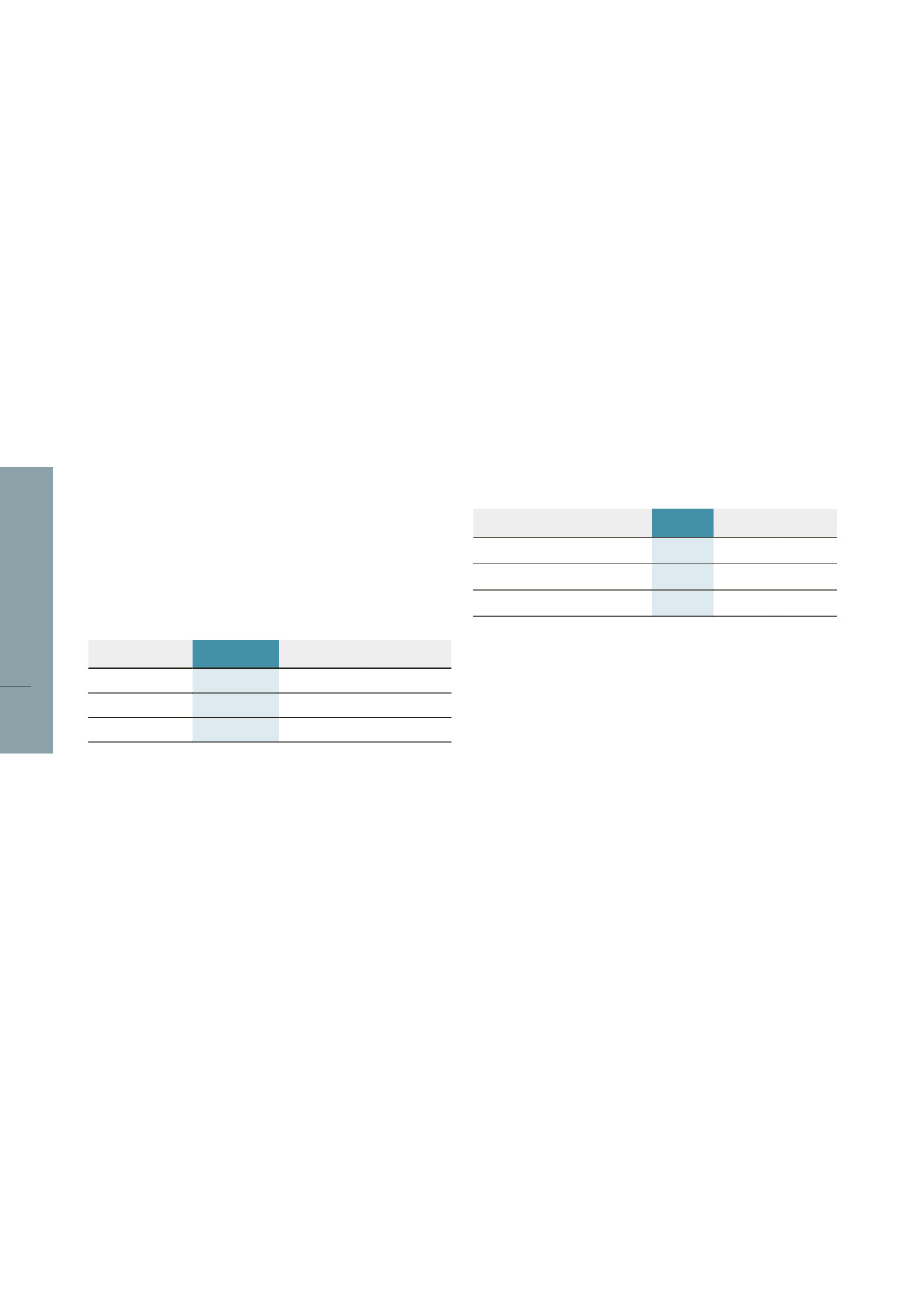

94
LISI 2017 FINANCIAL REPORT
RISK FACTORS
5
2.6.2 Energy-related risks
To cover its energy costs, the Group entered into a supply contract with
electricity company EDF for its French sites (due to expire at the end of
2019). For foreign sites, similar contracts have also been entered into,
particularly in Germany and the UK.
2.6.3 Commercial risks
For the record, the Group manufactures thousands of different items
using various raw materials (steels, alloys, aluminum, various plastics,
titanium, etc.) and employing a wide range of technologies (cold and
hot forging, forming, machining, die trimming and stamping, plastic
injection, heat and surface treatment). Business risk, representing
the risk of loss of contracts related to a product, is thus spread over a
considerable number of products manufactured in the Group’s 47 global
sites. The main product families are developed in collaboration with
customers, and the proportion of sales revenue frompatented products
plays only a secondary role in total consolidated sales.
2.6.4 Customer-related risks
Looking at the figures for 2017, only three clients accounted for more
than 5%of the LISI Group’s consolidated sales. The 10 leading customers
account for 52% of all sales; this list includes the customer accounts
of the three divisions, LISI AEROSPACE, LISI AUTOMOTIVE and LISI
MEDICAL. 80%of sales are generatedwith 52 customers. Figures for our
three largest customers have evolved as follows:
2017
2016
2015
Customer A
17.0%
17.1%
15.0%
Customer B
6.9%
6.1%
8.0%
Customer C
5.9%
5.9%
5.5%
2.6.5 Product-related risks
The LISI Group is exposed to the risk of actions for liability or to enforce a
guarantee by its customers regarding products sold. It is also subject to
liability actions in the event of product fault leading to injury or damages.
To protect itself against such risks, as described in paragraph 3 below,
the LISI Group has third party liability cover for use of its products after
delivery. The LISI Group’s liability is often limited to compliance with the
original product specifications or customer-defined specifications; it
cannot be extended to the ways in which products are used. However,
it is possible that the insurance policy taken out may not be sufficient
to cover every possible financial consequence linked to such claims,
particularly in the USA. This is why the LISI AEROSPACE division has set
up an additional provision for product liability in the amount of 1% of the
“Fasteners” division’s sales revenue.
2.6.6 Supplier-related risks
As a general rule and in viewof the nature of itsmanufacturing activities,
the Company does not rely exclusively on any one supplier or strategic
subcontractor. The Group’s main suppliers are those that provide it with
rawmaterials. Outsourcing is confined mainly to technical applications,
primarily specific heat treatment and finishing operations (surface
treatment and assembly), since most of the Group’s activities are
integrated. For 2017, the various operations outsourced by the Group’s
sites represented approximately 6.8% of consolidated sales revenue.
The volume distribution of themain suppliers is as follows:
2017
2016
2015
First supplier
5.7% 5.1% 6.6%
First five suppliers
15.4% 15.1% 15.0%
First ten suppliers
21.0% 20.6% 20.6%
2.6.7 Currency risks
The Group is exposed to the fluctuations of currencies such as the
US dollar against the euro, and to a lesser extent to changes in the
Canadian dollar, the British pound, the Turkish lira, the Czech crown or
the Polish zloty. To reduce this level of risk, the LISI Group hedges the
currency risk through financial instruments for an estimated amount
corresponding to its final exposure.
The detail of such currency risk hedging is described in Chapter 3,
paragraph2.5.3.3“Currencyrisks”,aswellasthehedgingstrategyinplace.
2.6.8 Interest rate risk
The Group has hedged a significant part of the interest rate risk on its
loans by swapping variable rates for fixed rates. The details of such
interest rate risk and of the instruments used to mitigate are described
in Chapter 3, paragraph 2.5.3.1. “Interest rate risk”.


















